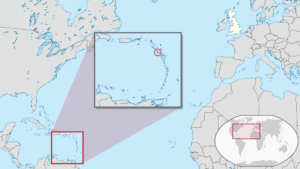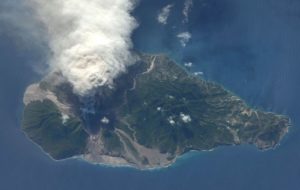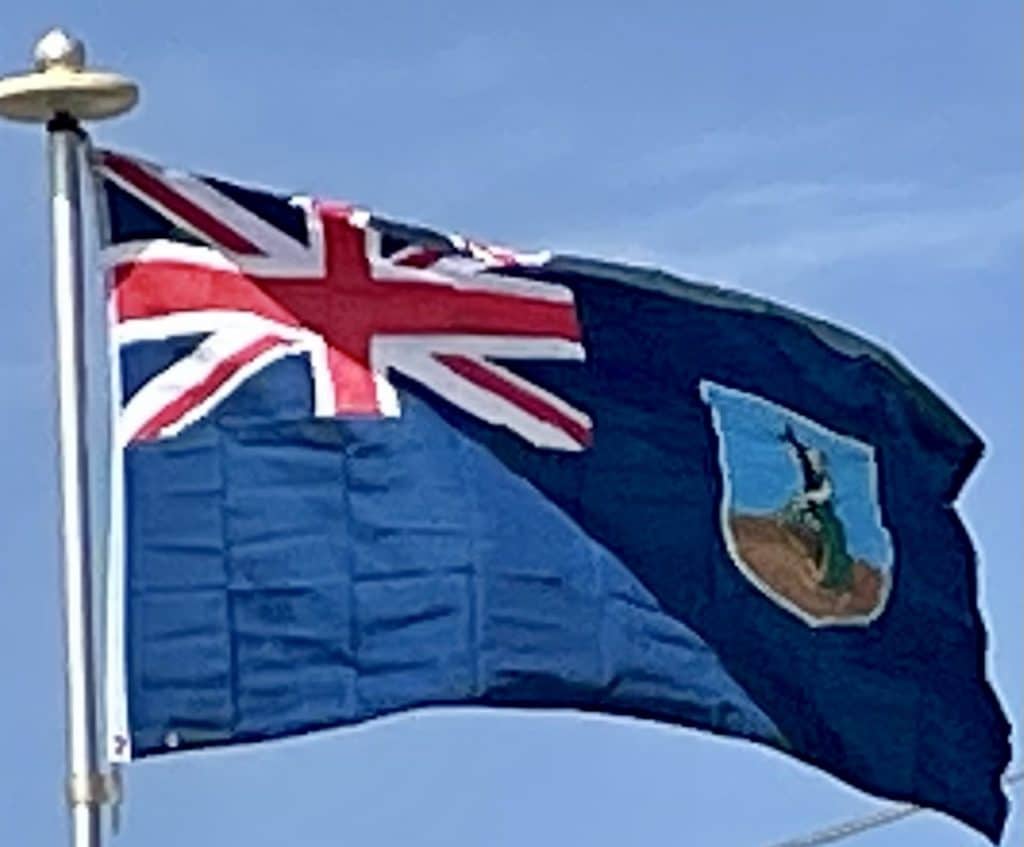Introduction:
Montserrat is a British Overseas Territory in the Caribbean. The island is in the Leeward Islands, which is part of the chain known as the Lesser Antilles, in the West Indies. Montserrat measures approximately 16 km (10 mi) in length and 11 km (7 mi) in width, with approximately 40 km (25 mi) of coastline. Montserrat is nicknamed “The Emerald Isle of the Caribbean” both for its resemblance to coastal Ireland and for the Irish ancestry of many of its inhabitants. Montserrat is the only non-fully sovereign full member of the Caribbean Community and the Organisation of Eastern Caribbean States.
On 18 July 1995, the previously dormant Soufrière Hills volcano, in the southern part of the island, became active. Eruptions destroyed Montserrat’s Georgian era capital city of Plymouth. Between 1995 and 2000, two-thirds of the island’s population was forced to flee, primarily to the United Kingdom, leaving fewer than 1200 people on the island in 1997 (rising to nearly 5000 by 2016). The volcanic activity continues, mostly affecting the vicinity of Plymouth, including its docking facilities, and the eastern side of the island around the former W. H. Bramble Airport, the remnants of which were buried by flows from volcanic activity on 11 February 2010.

An exclusion zone, encompassing the southern half of the island to as far north as parts of the Belham Valley, was imposed because of the size of the existing volcanic dome and the resulting potential for pyroclastic activity. Visitors are generally not permitted entry into the exclusion zone, but a view of the destruction of Plymouth can be seen from the top of Garibaldi Hill in Isles Bay. Relatively quiet since early 2010, the volcano continues to be closely monitored by the Montserrat Volcano Observatory.
A new town and port are being developed at Little Bay, which is on the northwest coast of the island. While this construction proceeds, the center of government and businesses is at Brades.
History:
Pre-colonial era:
Archaeological field work in 2012, in Montserrat’s Centre Hills indicated there was an Archaic (pre-Arawak) occupation between 4000 and 2500 BP (2000–500 BC). Later coastal sites show the presence of the Saladoid culture (until 550 AD). The native Caribs are believed to have called the island Alliouagana, meaning ‘Land of the Prickly Bush’.
Early European period:
In November 1493, Christopher Columbus passed Montserrat in his second voyage, after being told that the island was unoccupied due to raids by the Caribs.

A number of Irishmen settled in Montserrat in 1632. Most came from nearby Saint Kitts at the instigation of the island’s governor Thomas Warner, with more settlers arriving later from Virginia.
The Irish being historical allies of the French, especially in their dislike of the English, invited the French to claim the island in 1666, although no troops were sent by France to maintain control. However the French did attack and briefly occupy the island in the late 1660s; it was captured shortly afterwards by the English and English control of the island was confirmed under the Treaty of Breda the following year. Despite the seizing by force of the island by the English, the island’s legal status is that of a “colony acquired by settlement”.
A neo-feudal colony developed amongst the so-called “redlegs“. The colonists began to transport Sub-Saharan African slaves for labor, as was common to most Caribbean islands. The colonists built an economy based on the production of sugar, rum, arrowroot and sea island cotton, cultivated on large plantations manned by slave labor. By the late 18th century, numerous plantations had been developed on the island.
18th century:
There was a brief French attack on Montserrat in 1712. On 17 March 1768, a slave rebellion failed but their efforts were remembered. Slavery was abolished in 1834. In 1985, the people of Montserrat made St Patrick’s Day a ten-day public holiday to commemorate the uprising. Festivities celebrate the culture and history of Montserrat in song, dance, food and traditional costumes.
